Death Becomes Her—Funerals With Compassion For Mother Nature
As awareness of the human impact on the environment grows, people seek ways to leave the Earth better than they found it.
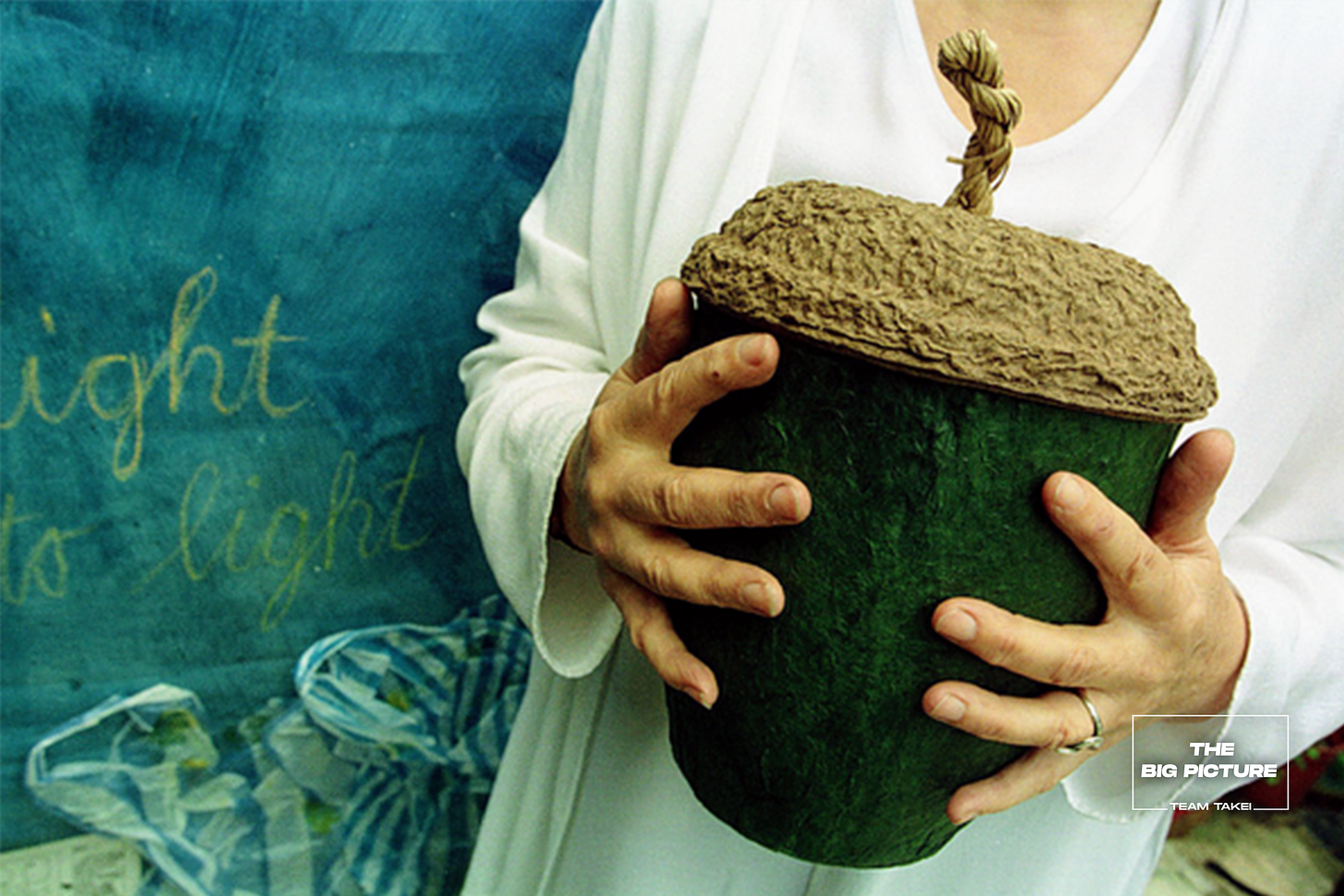
“The thing about life is, no one gets out alive.”
Whether being cremated, buried, or launched into space, what happens to our corporeal forms after we go isn’t something most of us spend much time considering. But with so many billions of humans now on this planet, perhaps it’s time we did.
After all, we all want to be a bit greener and earth-friendly in our time while alive, so why not extend that to the time after we are dead?
"But George! Isn’t it morbid to think about decomposing human flesh?"
The fact is, every other part of the natural world returns itself in this way to the soil or to the water, as part of a great cycle of renewal.
Couldn’t humans do the same? That’s today’s topic in The Big Picture.
— George Takei
Death is one of the few things in humanity that is a truly universal experience. Face it—sooner or later we're all going to die.
While most of us will have little influence over how and when that inevitable event occurs, we can plan for what happens after we're gone. And not just for our accumulated assets, but also for our body.
In many corners of the world, burial in allotted areas of land or cremation of the deceased was the norm for millennia. The traditional burials ate up acreage, but both practices were originally minimally harmful to the environment.
Ashes to ashes and dust to dust in a rather literal sense.
But not so with the chemicals, coffins and even cremations of today. They produce environmentally harmful toxins, have high carbon footprints and are designed to slow decomposition rather than facilitate a swift return to the earth.
In the past century, cemetery laws and regulations around the disposal of human remains added embalming as a requirement for most—with its environmentally harmful chemicals like paraformaldehyde, formalin, glutaraldehyde and others—to funerary rites in most first world countries.
Widespread use of embalming in the United States was a result of the Civil War, facilitating shipping remains home. According to University of Chicago anthropologist Shannon Dawdy, 95% of Americans used embalming and then viewing the body as a funeral rite in the 20th century.
In addition to the toxicity of embalming, there are also questions about the practicality of cemeteries with wide expanses of manicured lawns—a major use of a diminishing water supply—and the sustainability of storing preserved dead bodies in an increasingly crowded world.
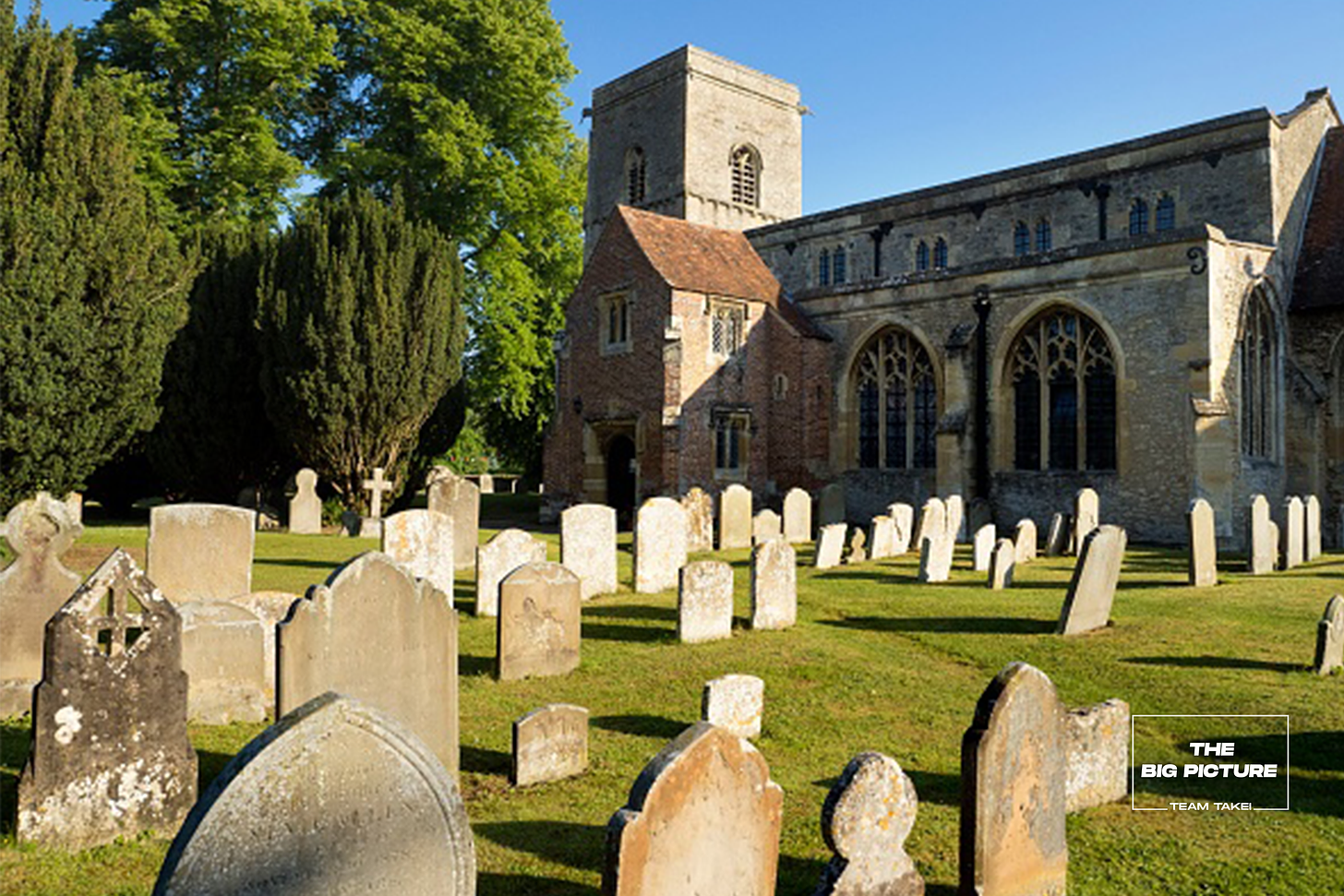
Surely there are better options.
Green Funerals
As it turns out, there are several alternatives to choose from for a more environmentally friendly end of life. And people are increasingly eager to utilize them.
Over 50% of Americans want greener funeral options according to a poll by the National Funeral Directors Association.
According to the Green Burial Council (GBC), the green movement began to take shape in England where The Natural Death Centre was established in 1991. The first conservation cemetery in the United States was established in 1998 by Dr. William and Kimberley Campbell in Westminster, South Carolina.
Per the GBC:
"Green burial is a way of caring for the dead with minimal environmental impact that aids in the conservation of natural resources, reduction of carbon emissions, protection of worker health, and the restoration and/or preservation of habitat."
So here are just a few of the new ways to handle your shuffle off the mortal coil.
Green Cemeteries
Green cemeteries take several forms. Some allow grave markers while others don't disturb the natural setting in any way.
Most green cemeteries are not on cleared land—a marked departure from traditional American cemeteries.
The majority of green cemeteries strive for minimal impact on the landscape with locations from deserts to forests. Preparation of the deceased doesn't involve preservatives, and caskets or cremation urns are crafted from biodegradable materials like untreated wood, cardboard and bamboo.

The goal in a green burial is decay and reclamation of the deceased and their casket or urn by the environment.
Buried in the Backyard
Are you someone who says, "When I die, just dig a hole in the backyard"? If so, you're in luck.
Home burials—once the norm—are making a comeback. It was not uncommon for most American farms to have a family cemetery on the property.
Many people may not be aware, but 47 states still make it legal to take a body home from a hospital, nursing home or other place of death and bury it on private property. Only Indiana, California and Washington state prohibit home burials.
Anyone considering home burial should check with their state and local government for any rules or regulations for the transport and burial of human remains on private property.
This option is dependent on your loved ones. Your private property cannot be used for your burial unless it's going to be retained by your inheritors.
A fresh grave isn't a good selling point for most home buyers.
Water Cremation—Alkaline Hydrolysis
First used by funeral homes around 2011 and currently legal in 28 states, the technique—also referred to as being dissolved in lye—immerses the deceased in a vat of hot, highly alkaline water—95% water, 5% potassium hydroxide.
Soft tissues dissolve within hours.
The resulting liquid—a sterile mix of salts, sugars and amino acids from DNA—is safe to pour onto the ground as fertilizer or even just down sewer drains. As with fire cremations, the stripped bones are ground into a fine powder and can be returned to the family.
The process takes roughly four hours and uses about 400 gallons of water and a small amount of electricity. Unlike conventional cremation which uses propane torches, greenhouse gas emissions are negligible with water cremation.
Entombed in a Coral Reef
Coral reef burials allow the deceased to become habitat.
Those who choose to be entombed in an artificial reef are cremated then their ashes are mixed with concrete and molded into a reef ball—a hollow, holey structure up to six feet wide and five feet tall.
The reef ball is placed on the sea floor where it will hopefully create marine habitat and prevent erosion.
Donated to Science
Many medical schools, body farms and laboratories have body donation programs. But each will have strict guidelines on body condition for donation.
If a person chooses to donate their body after death, they should consult their local options—in most cases the donor has to arrange and pay for transport so staying close to home is a good idea—as well as the rules and conditions for donation. Then set up arrangements well in advance.
However, the eventual cause of death may disqualify a person for donation. If donation is a person's first choice, they should also have a back up plan.
Human Composting
This one is exactly what it sounds like.
The deceased is allowed to decompose naturally on—or in—a bed of vegetation pretty much the same way kitchen scraps get composted.
But you can't just put nana on the home compost pile.
Human composting is done only in approved locations under regulated conditions.
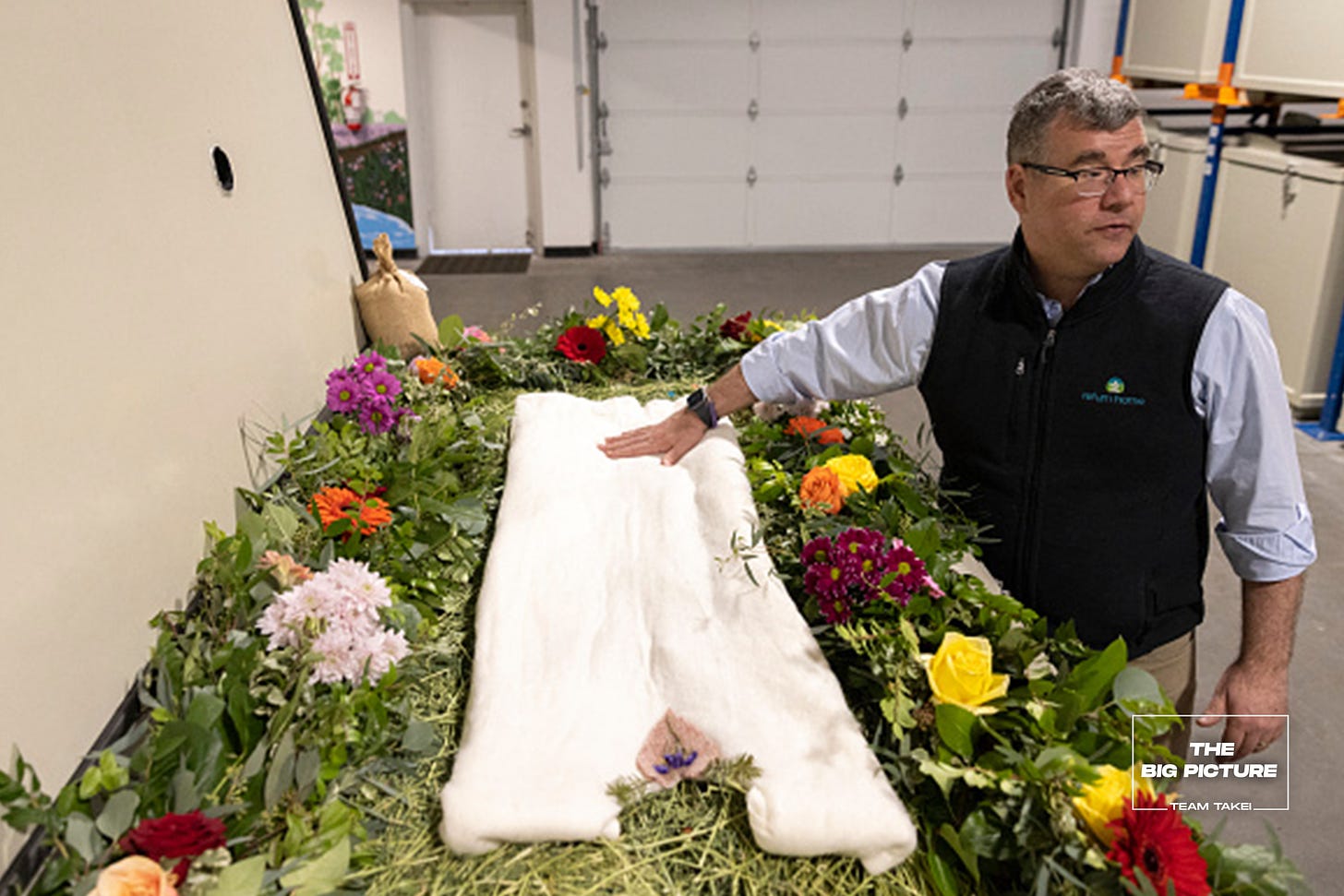
In 2019, Washington became the first state to make composting a legal alternative to cremation.
Purified by a Mushroom Suit
A mushroom burial suit—the Infinity Burial Suit manufactured by Coeio—was a biodegradable cotton burial shroud impregnated with mushroom spores. While it wasn't its own burial method, the suit could be used to supplement green cemetery burials or composting.
The mushroom spores would help decompose the body and filter toxins so the deceased doesn't contaminate surrounding soil or plant life once composted or buried.
As of 2023, this method is still being researched and developed.
Freeze-dried and Shattered
A process dubbed "promession" utilizes liquid nitrogen to flash freeze the deceased. Once crystalline and brittle, the body can be shattered with a short ultrasonic vibration, reducing a body to small chunks and powder.
This biological pulp is then sifted and freeze-dried. After being packed into a biodegradable urn, the odorless remains can be buried and absorbed by the soil.
The remains can also be placed in a traditional cremation urn and kept by the family or scattered like cremains or…
Set Adrift in an Ice Urn
According to The Living Urn:
"The patented Flow Ice Urn is a breathtaking floating urn made entirely of ice, one of the most visually stunning natural substances."
"This one-of-a-kind urn floats gracefully on water while it gradually frees the cremated remains of a loved one, returning the ashes to nature in the most ecologically pure manner."
What to Do if Going Green Is Your Post-Death Plan
In the inimitable words of Kermit the Frog:
"It's not easy being green."
Unlike many traditional after-death options, most of the green methods require prior research and arrangements, including payment. Not all options are available—or even legal—in all states or countries.
In this case, doing your own research is a good idea.
The internet is your friend when it comes to making your final arrangements.
You can consult the Green Burial Council International or The Natural Death Centre in the United Kingdom to find certified providers in your area.
GBC also offers a YouTube channel, book recommendations and an article archive to make your research easier.
Always check on your county, state or province laws and your local regulations before making your final decision.
Communicate with your loved ones. It may be necessary to make legal provisions to ensure your after death plan is followed if your loved ones aren't on board.
But the extra work is worth it.
In North American Indigenous culture there is an intertribal belief—one attributed to the Haudenosaunee Confederacy but now shared by multiple Indigenous nations—of seven generations sustainability.
Seven generation Earth stewardship dictates the current generation of humans live, work and even die for the benefit of seven generations into the future.
With our descendants in mind, a green death is the way to go.
~~~~~~~~~~
In addition to writing for The Big Picture, Amelia writes





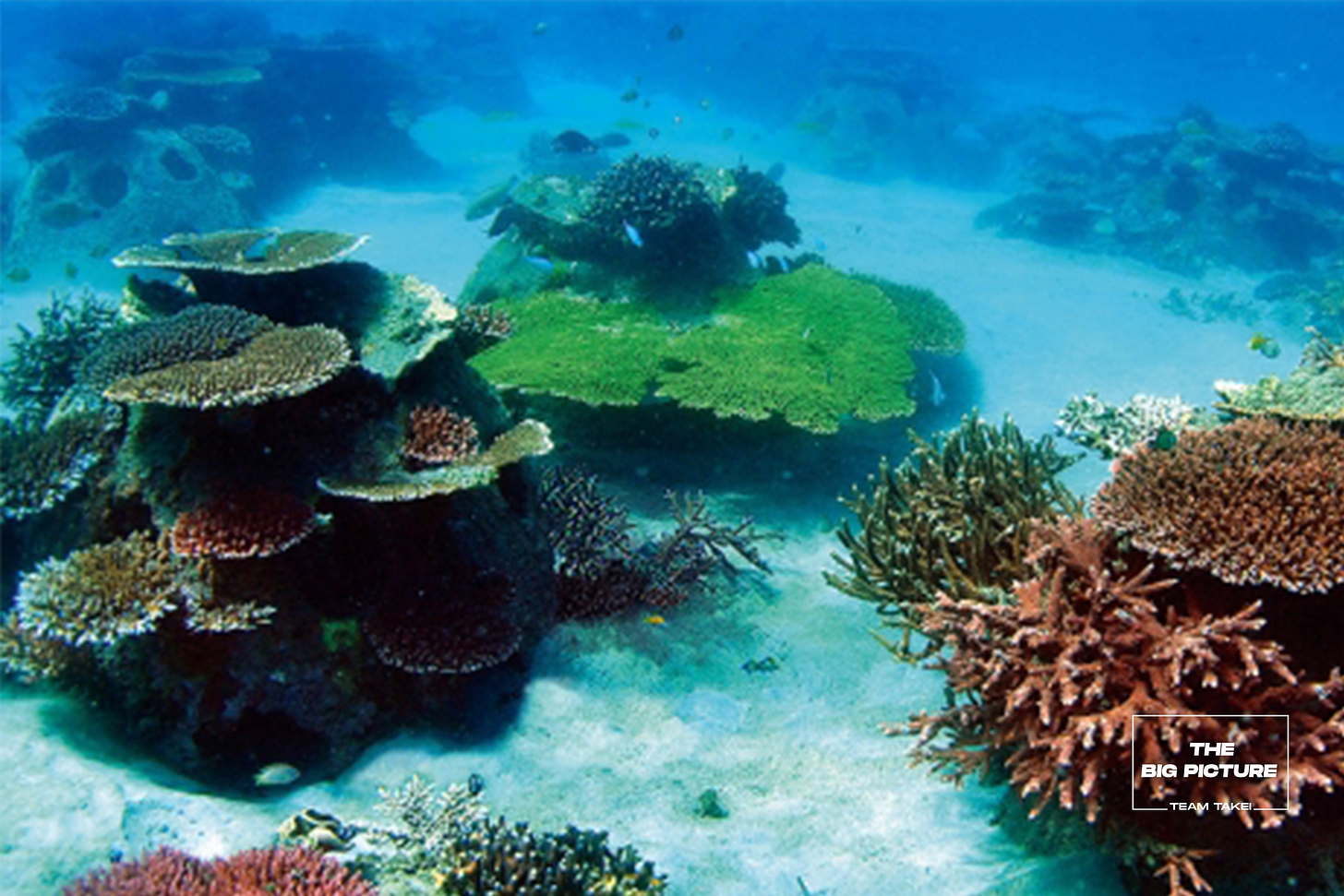
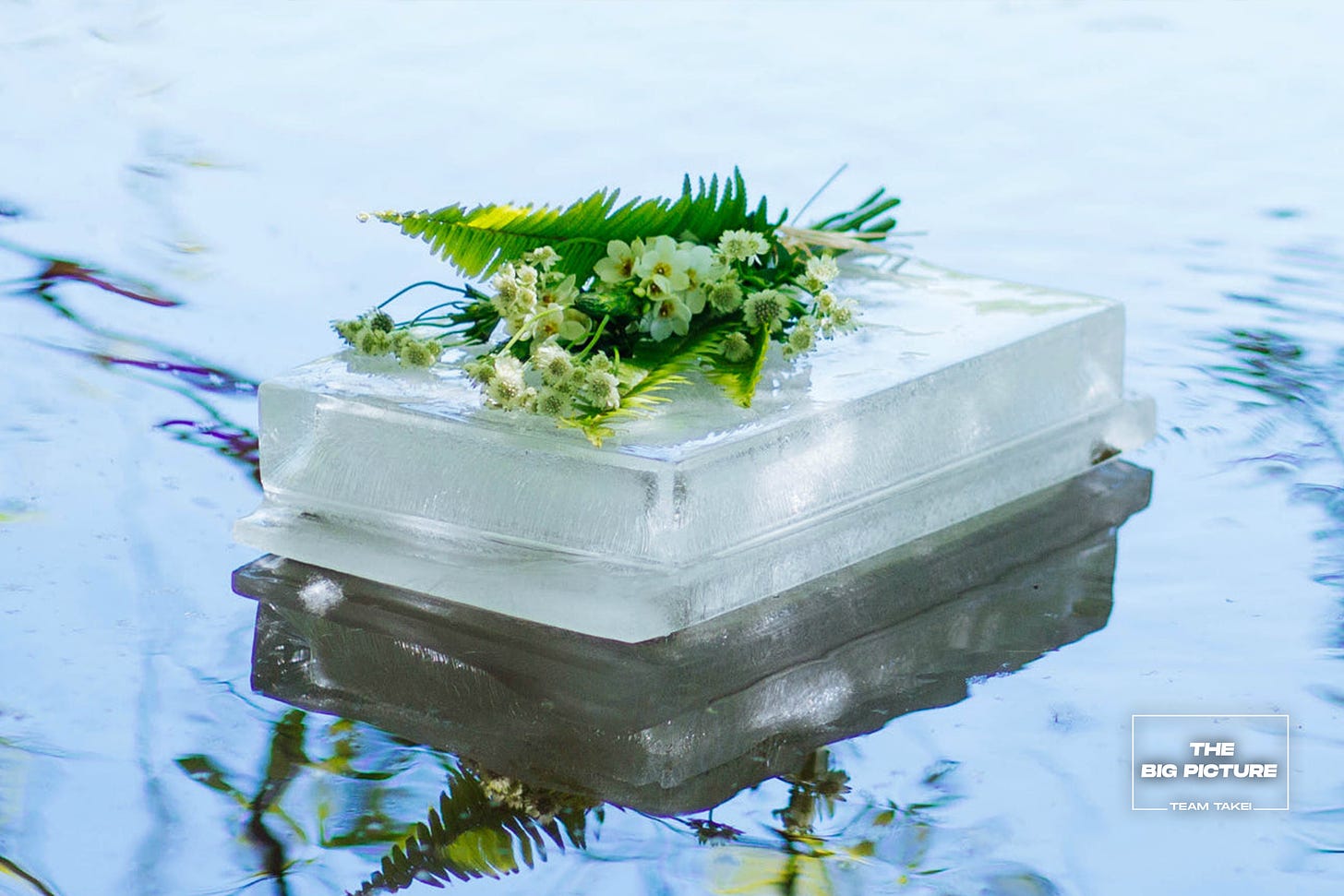
I had no idea there were so many options available. I've long been opposed to traditional burial methods and embalming, and I thought the only other option was cremation. I'm certain that in a few years we'll have even more options. The only issue I see now is that you may be leaving your loved ones with a legal problem, even if you did your homework prior to your death, because laws change. Not only do you not know how or when you'll die, you also don't know where you'll die.
Very informative - thanks!